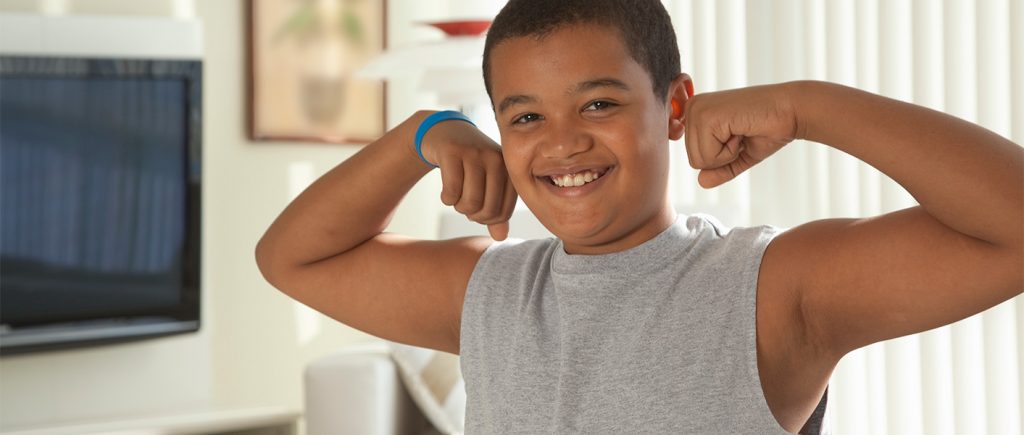Regular exercise simultaneously maintains and improves the health and endurance of bones, muscles and joints. Different forms of physical activity bring different benefits – some increase strength and flexibility, others strengthen the heart and vessels. The effect of most is combined, but it’s good to know how your body reacts to a physical exercise. EMA Krav Maga mississauga knows what is right for your body.
Exercises for Strength
Movements requiring greater physical effort than usual, such as weight management, as well as slow, prolonged yoga exercises, help your bones and muscles adapt to the stresses and make them stronger and stronger. Without such stimulation, these parts of your body are weakening, the performance of daily activities is becoming more and more difficult, and the risk of fractures increases. In addition, strong muscles protect your joints. During exercise, muscles not only pull the bones to move, but together with other muscles, they strengthen and stabilize the joints, which are key to correcting the poor posture.
Almost all kinds of physical activity exert a burden on your bones and muscles – the movement of the body with its weight against the force of gravity raises resistance. Weight lifting is one of the most effective ways to increase muscle and bone strength, but walking and running (including on the ground) are also associated with a load. Physical exercises involving abrupt movements, such as a rocket ball or landing after a jump, also load your bones and muscles.
Exercises for Flexibility
Joints in your body allow for a wide range of movements and are supported by a complex system of muscles, tendons, and joints. In order for them to move freely and in full volume, the muscles and other tissues must be flexible and elastic.
Unfortunately, many activities in everyday life include a fairly limited range of movements, often in a sitting or bent position for a long time. This leads to tension in some muscles and disturbs the correct posture. Exercises such as stretching, yoga and Pilates allow your joints to move in their full size, improve your posture and flexibility, and reduce the risk of joint damage.
Cardio-circulatory Exercises
Each physical exercise accelerates your pulse, helping to improve the efficiency of the heart and lungs in delivering blood and oxygen to the muscles. By breathing deeper, you take more oxygen into your lungs; the heart pumps the blood faster and sends more oxygen to your body, providing it with energy. Oxygen and nutrients are transferred to the muscles more efficiently, and harmful waste products are thrown out more quickly. Gradually, the heart muscle and the muscles around the lungs become stronger. Enhanced blood circulation increases the blood flow in the bones, maintains their strength and helps to build up the bone mass.
Other Benefits
Moderate intensity exercises stimulate the immune system of the body, boosting the immune response in bacterial infections, viruses and even some cancers. The function of the immune system depends on the effective circulation of the lymph, the liquid that carries the white blood cells to the site of the infection and the waste products are washed away.
Find us today on Cylex and ProfileCanada.
